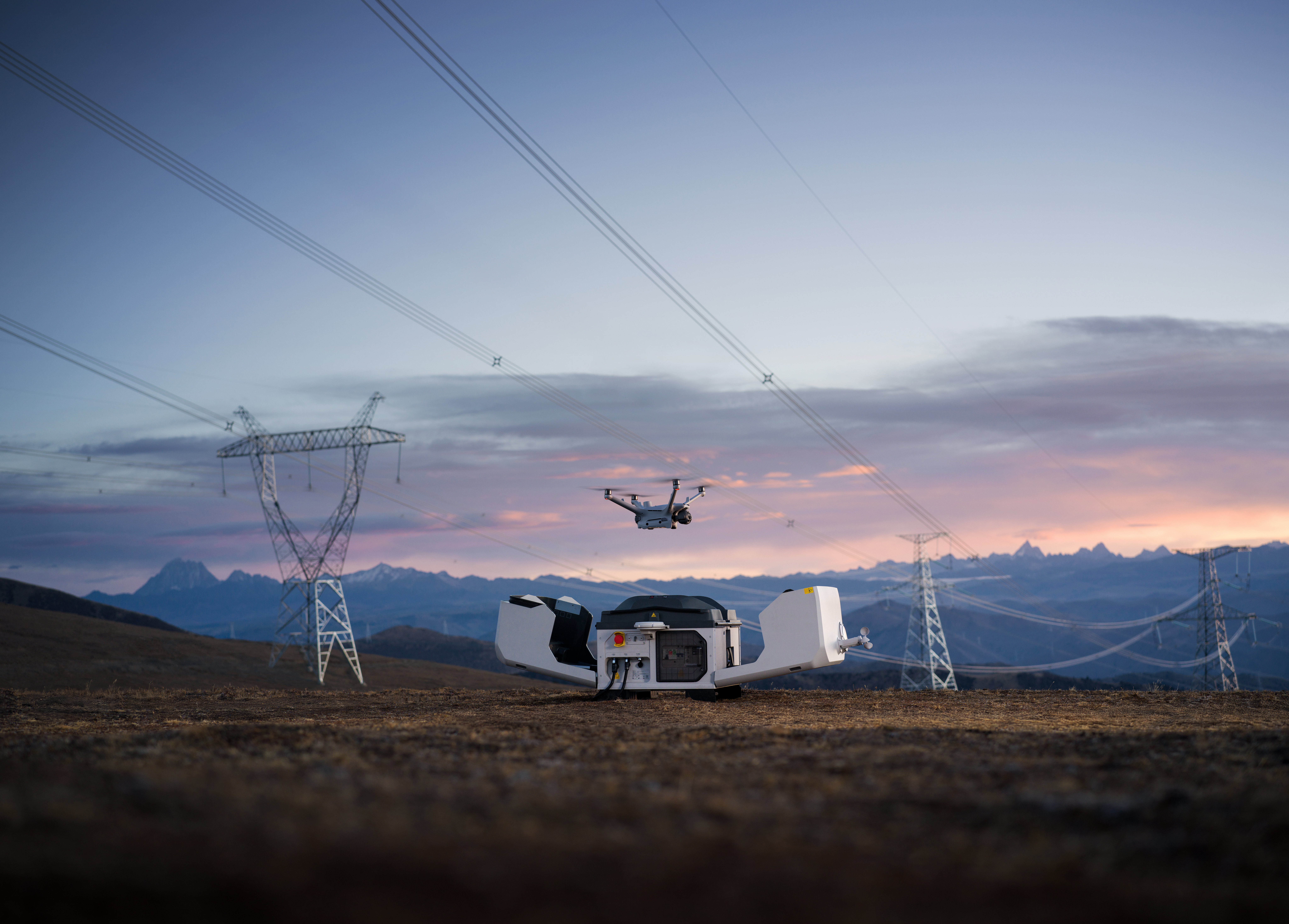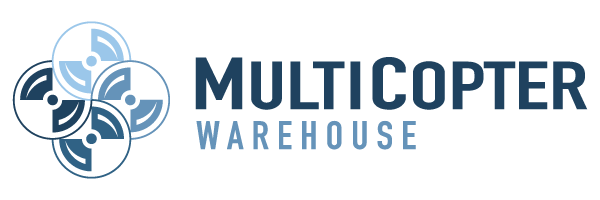FAA’s Proposed Part 108 BVLOS Rule: A Turning Point for Remote Drone Operators
Understanding Part 108
The FAA has released its long-awaited proposed Part 108 rule—a new framework designed to enable routine beyond visual line of sight (BVLOS) drone operations without the slow, waiver-by-waiver approval process. For energy companies, this could be the breakthrough that transforms inspections, surveys, and monitoring into scalable, everyday capabilities.
The 700+ page Notice of Proposed Rule Making (NPRM) outlines performance-based regulations covering operations, aircraft standards, personnel qualifications, airspace integration, and security requirements.
Expanded Operational Scope
- Routine BVLOS flights permitted for infrastructure inspection, energy site monitoring, agriculture, public safety, delivery, recreation, and flight testing.
- Flights at or below 400 ft AGL from FAA-approved, access-controlled launch sites with defined boundaries and communications procedures.
FAA-Approved Flight Areas
- Operators must secure FAA approval for each operational area, detailing boundaries, daily flight expectations, takeoff/landing points, and lost-link safety measures.
Automated Data Service Providers (ADSPs)
- BVLOS operators must use an FAA-approved ADSP (or be one) for real-time traffic separation between drones and crewed aircraft.
- All drones must yield to manned aircraft broadcasting ADS-B and carry detect-and-avoid (DAA) technology.

Aircraft Standards
- Drones can weigh up to 1,320 lbs with payload—far above the current Part 107 55-lb limit.
- Industry consensus manufacturing standards replace FAA airworthiness certificates; compliance declarations required.
- Remote ID and onboard lighting mandatory.
Two-Tier Authorization System
- Permits for lower-risk, smaller-scale operations with faster approvals.
- Certificates for higher-risk/larger-scale missions requiring a Safety Management System (SMS), formal training, and designated operations supervisors/coordinators (no FAA pilot license required).
Security & Cybersecurity
- Operators must safeguard systems from unauthorized access/interference; TSA will vet key personnel.
Record-keeping & Reporting
- Maintain detailed logs of flights, maintenance, training, incidents, and breaches.
- Report any control loss, breach, or damage exceeding $500.
Operations Over People
- Allowed except over large open-air gatherings; restrictions vary by population density category.
What This Means for Energy Drone Programs
Today, most BVLOS work in energy relies on slow, case-by-case waivers. Part 108 would:
- Remove the waiver bottleneck, creating a predictable approval process.
- Allow heavier, longer-range aircraft for pipeline patrols, offshore wind inspections, and utility corridor mapping.
- Standardize airspace safety through ADSP integration—critical for working near helicopters and other low-altitude aircraft.
- Shift regulation from individual pilots to operator organizations, matching how industrial drone teams work.
Lisa Ellman, CEO of the Commercial Drone Alliance, summed it up: “For far too long, outdated regulations have held back the tremendous potential of the commercial drone marketplace. Today’s action marks a pivotal advancement toward modernizing U.S. drone policy.”
Potential Energy Sector Advantages
Faster Inspection Cycles
No line-of-sight observers and extended flight ranges mean multi-day transmission patrols could be done in hours. Shell, for example, inspected 300 miles of pipeline in just 7.6 hours under BVLOS.
Greater Asset Coverage & Richer Data
Heavier drones can carry LiDAR, thermal, and high-res imaging in a single flight—reducing trips and improving decision-making.
Improved Safety
Reduces the need for personnel in hazardous environments like offshore rigs or high-voltage corridors.
Operational Resilience
Standby BVLOS fleets could be deployed rapidly after storms, seismic events, or failures—minimizing downtime and environmental impacts.
Increased Investment & Innovation
A stable regulatory framework encourages fleet expansion, automation adoption, and AI analytics integration.
Integration With Digital Strategies
BVLOS data supports digital twins, predictive maintenance, and real-time asset management.
Next Steps
The public comment period is open for 60 days, closing October 6, 2025. Energy companies, operators, and service providers should review the proposal and submit feedback—final wording could shape operational flexibility for years to come.
Part 108 isn’t just a rule change—it’s the roadmap to scaling BVLOS into a standard industrial tool. Now is the time to assess readiness, identify opportunities, and have a voice in shaping the next era of U.S. drone operations.
Need help finding the right IP-rated drone for your agency?
Contact us today for expert advice and hands-on support.

